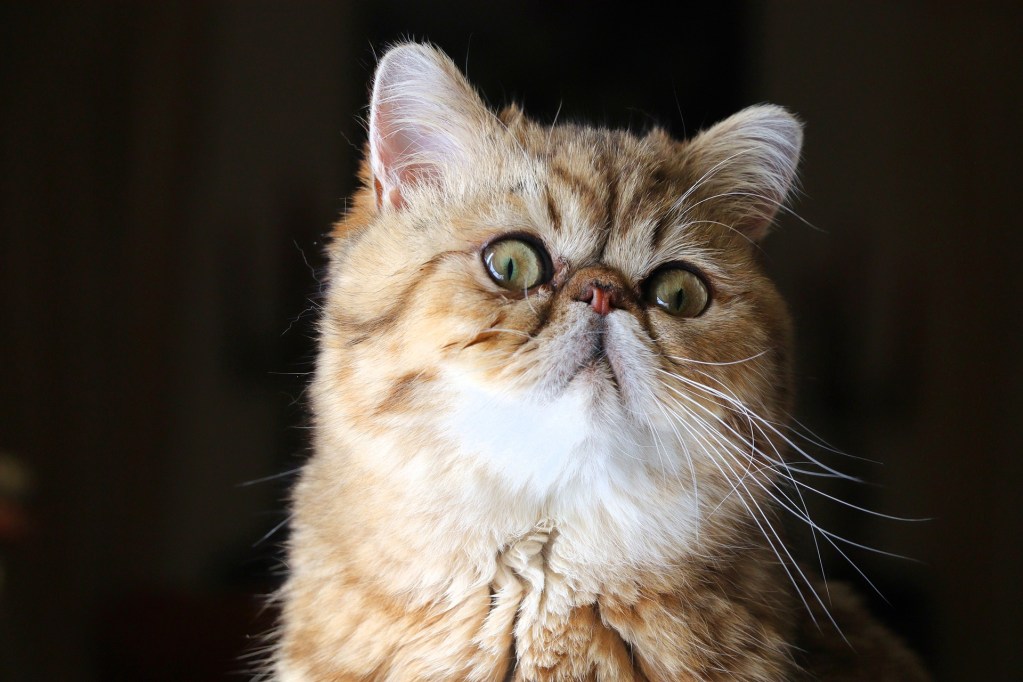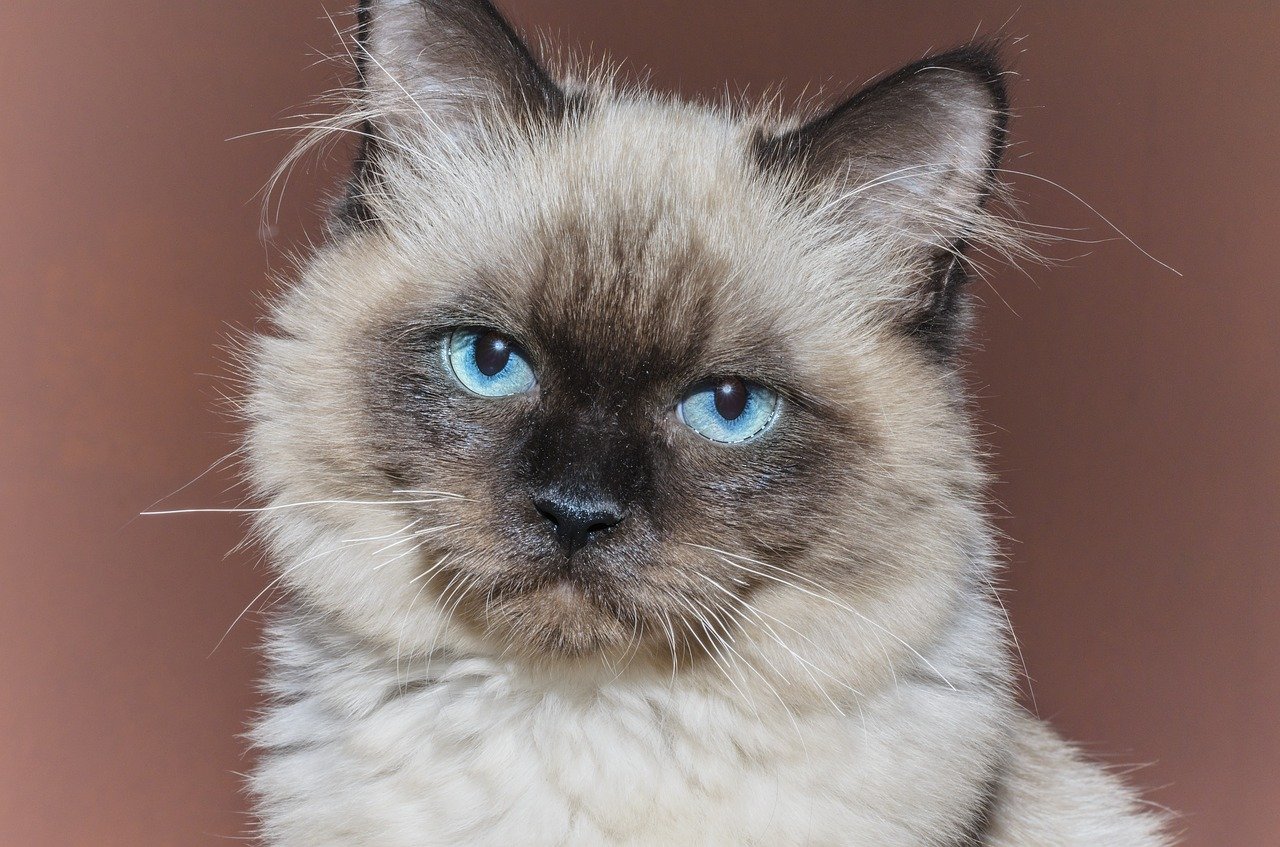
The Cat Fanciers’ Association (CFA) recognizes 46 different feline breeds, but not all of them can be the most popular. That’s why the CFA took a look into its registries to determine the top 10 most popular cat breeds of 2022. It welcomes registrations from “nonstandard” and “non-pedigreed” cats as well, but those feline friends weren’t included in this particular count.
Which types of cats do you think were the most popular in 2022? Whether you can list off every breed or can’t even name one, we guarantee there’s at least one surprise on this list.
Read on to discover the most popular cat breeds, as determined by the CFA.
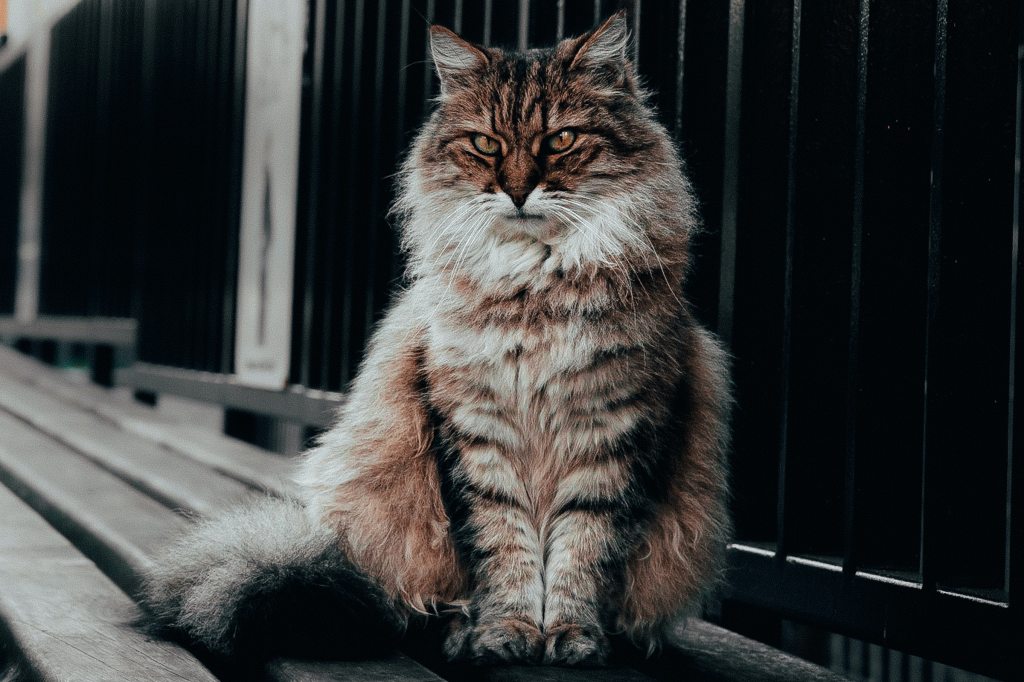
10. The Siberian cat
As their name suggests, Siberian cats hail from the cold Russian tundra, though they have been found in the U.S. as early as 1990. They’ve slowly climbed the ranks of popularity since then, and 2022 marked the first time they’ve made the top 10 list. These cats, which are medium to large pets, can be equally athletic and affectionate, says Purina, though individual personalities will vary, of course. Odds are, though, you’ll be getting a wonderfully adaptable feline friend.
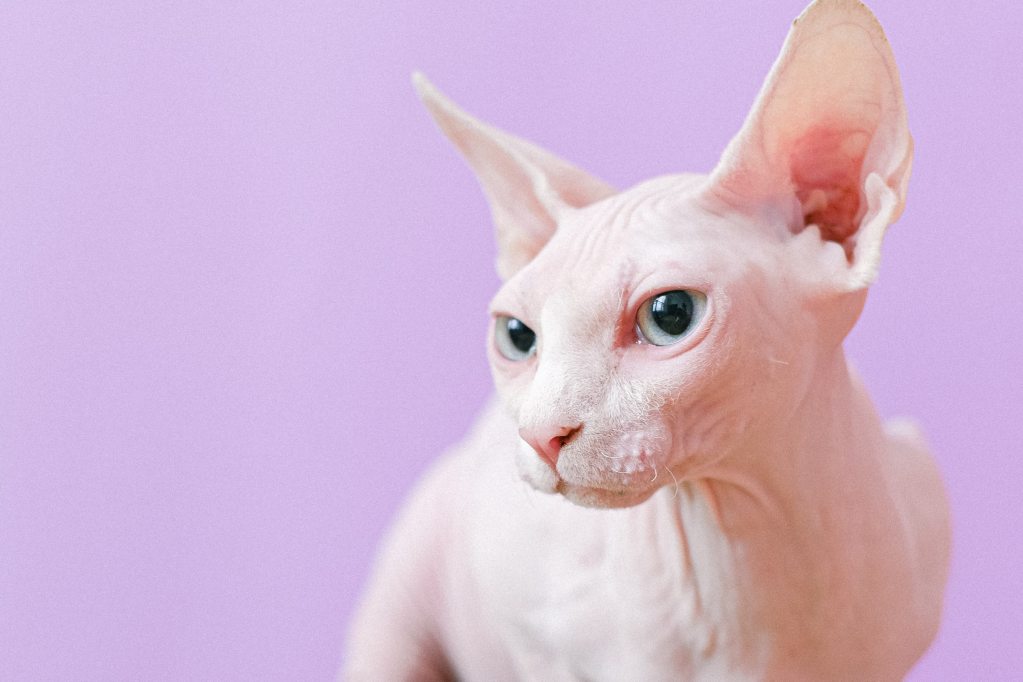
9. The Sphynx cat
These hairless cats are famous for their nude look, but did you know their famous features were the result of a naturally occurring genetic mutation? It’s true — CFA explains that “years of careful outcrossing to normal-coated cats and back to hairless cats have produced healthy, outgoing cats who adapt easily to wearing clothes and costumes,” though you’ll love this breed’s sense of humor just as much as its unique look. But remember — hairless cats require more frequent bathing, so make sure you can take on this responsibility before adopting a Sphynx.
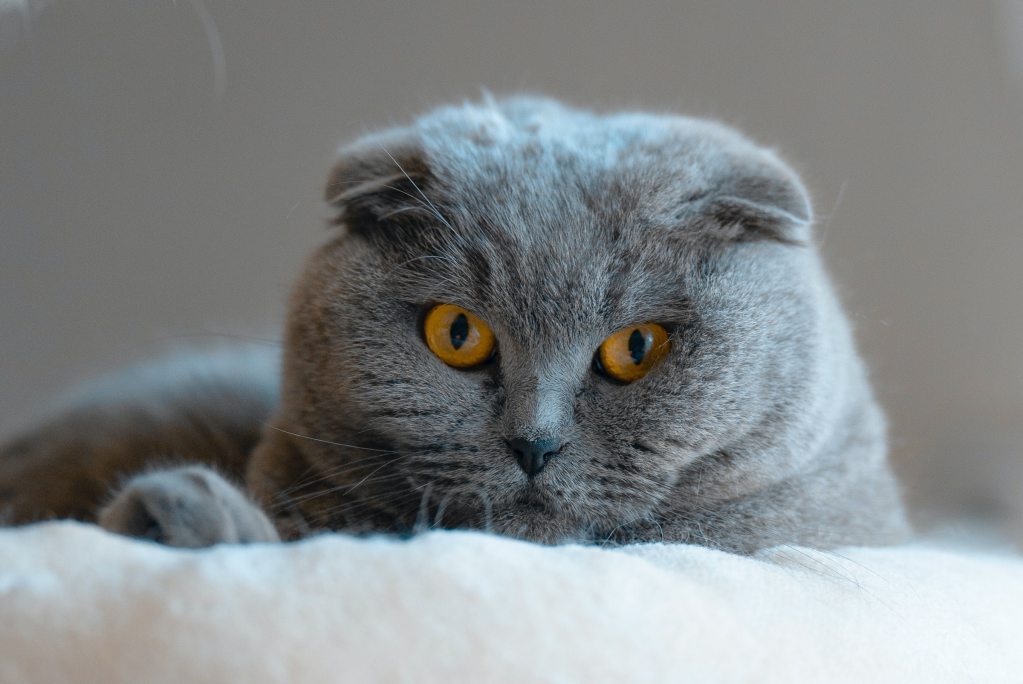
8. The Scottish fold cat
Scottish fold cats are another breed with unique characteristics — particularly their folded ears and wide eyes. Don’t let their startled expression fool you, though! Purina explains that Scottish fold cats are quiet and sweet, however, they’ll be equally at home in a loud and busy household with lots of people. They can even be wonderful pets for first-time cat owners.
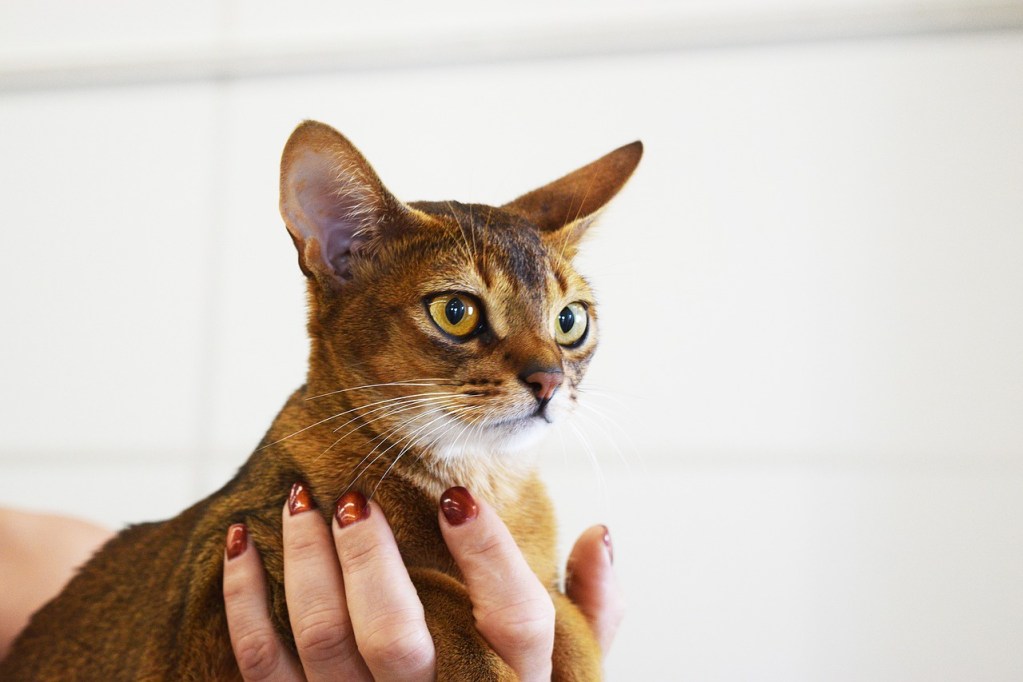
7. The Abyssinian cat
You might have guessed it from their name alone, but Abyssinian cats are an ancient breed. There’s evidence that they existed in Egypt over 4,000 years ago, though they remain popular even today (via VCA Hospitals). The “Abys” are curious, inquisitive cats that are more active than other breeds. You’ll need to keep these kitties entertained throughout the day if you’re not into the idea of them finding their own entertainment, which — believe us — they will.
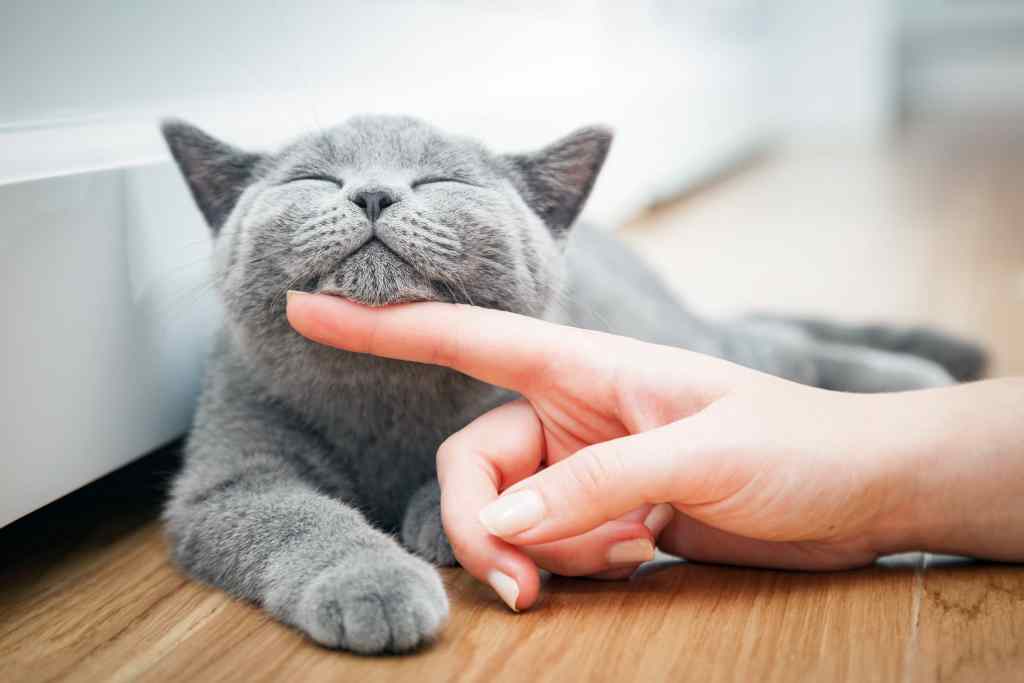
6. The British shorthair cat
These cats used to be known as the “British Blue,” explains the CFA, but they now are recognized in a wide variety of colors. Their dense coat is just one detail about this hearty breed that makes them excellent barn cats, though most Brits now enjoy a semi-independent life in the warmth of a family home. One thing is certain about these cats – they are wonderfully, fiercely loyal!
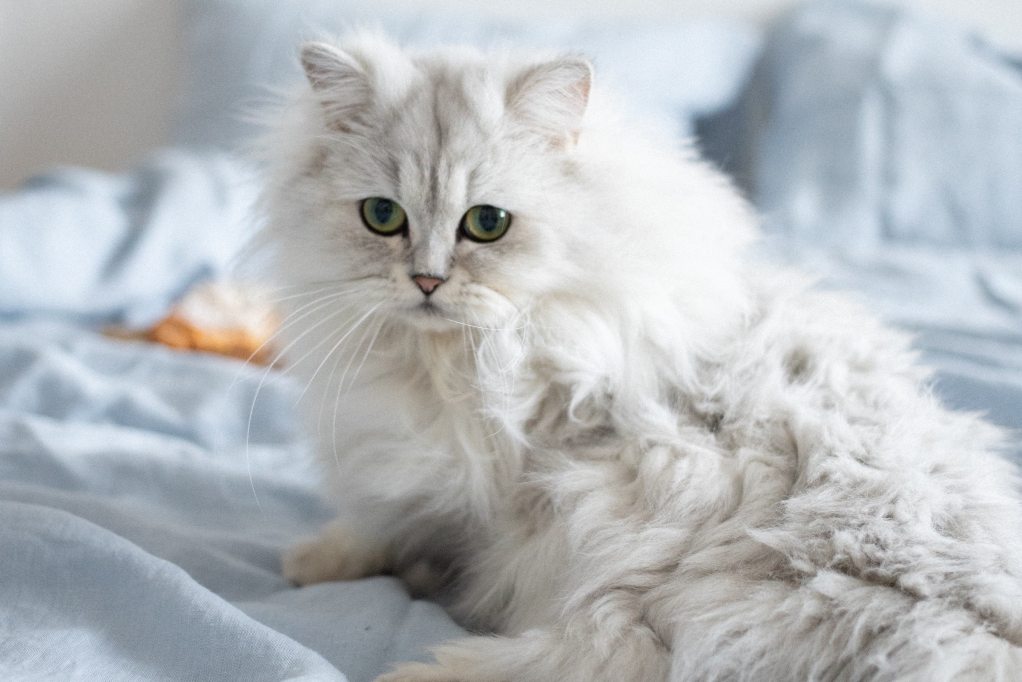
5. The Persian cat
Persian cats are famous for their elegant appearance and long coats, but there’s so much about this breed to love. In fact, the CFA recognizes seven distinct competitive divisions for Persians, since they are by far the most popular show cat. They’re also popular pets, as they tend to have well-rounded personalities. Most Persians are laid back and loyal, though they’ll seek someone out when they’re ready for attention or play.
4. The Exotic shorthair cat
Exotic shorthair cats were bred to be a relative of the Persian that’s easier to care for. Unsurprisingly, the shorter coat makes daily tasks like grooming less time consuming, but these cats still need daily care to stay at the top of their game. Exotic kitties tend to be livelier than their Persian cousins, notes Purina, but can be aloof with people they don’t know. They won’t demand constant attention, either, so they could be a great match for families looking for more independent pets.
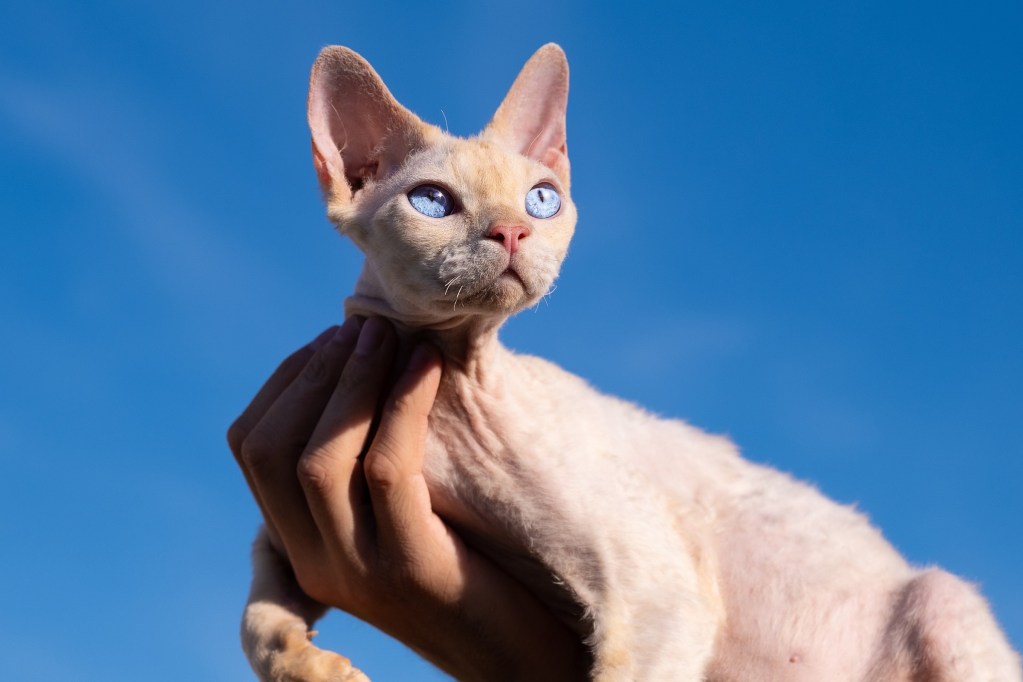
3. The Devon Rex cat
Devon Rex cats — CFA’s most popular short-haired cat breed — are another distinctly unique breed, especially when one notices their pointy, “butterfly ears.” Their coats are so short and fragile that they require no brushing at all. In fact, their fur and whiskers can occasionally break from the slightest touch! Purina notes that Devon Rex cats are social and playful, and they’ll love to have spaces where they can climb and explore. They’ll likely seek out affection when playtime is over, so you’ll get the best of both worlds with this breed.
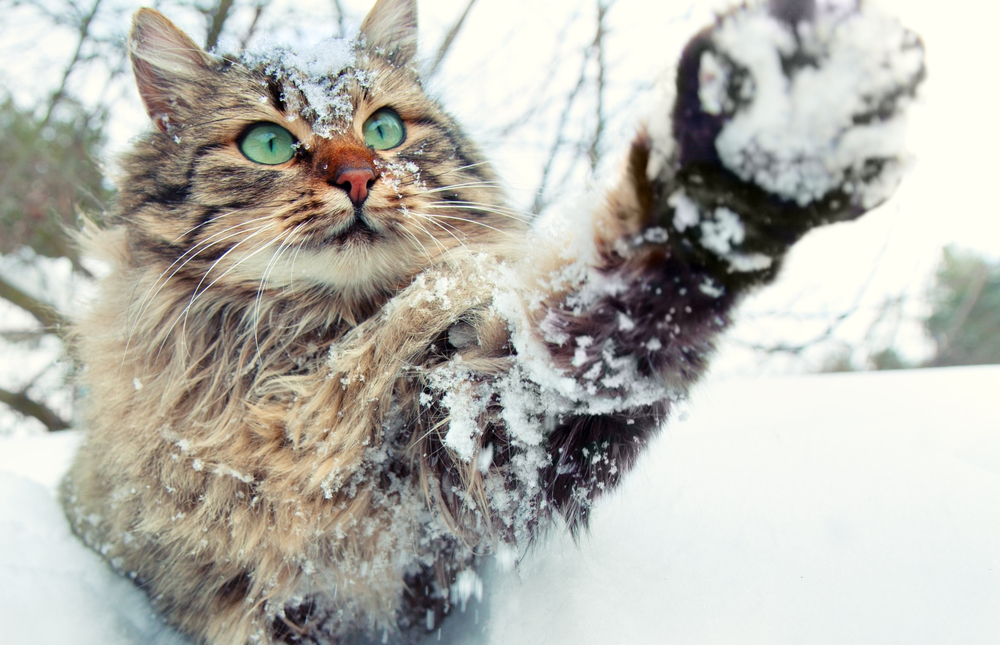
2. The Maine Coon cat
This cat breed holds second place for yet another year, and no one is complaining one bit. Maine Coon cats originated in the U.S. around the time of the Civil War, and they’re the largest recognized cat breed, as well. Let’s put it this way — they’re the “gentle giants” of the cat world! Maine Coon felines may need frequent grooming and lots of exercise space, but they’ll thank you with lots of love.
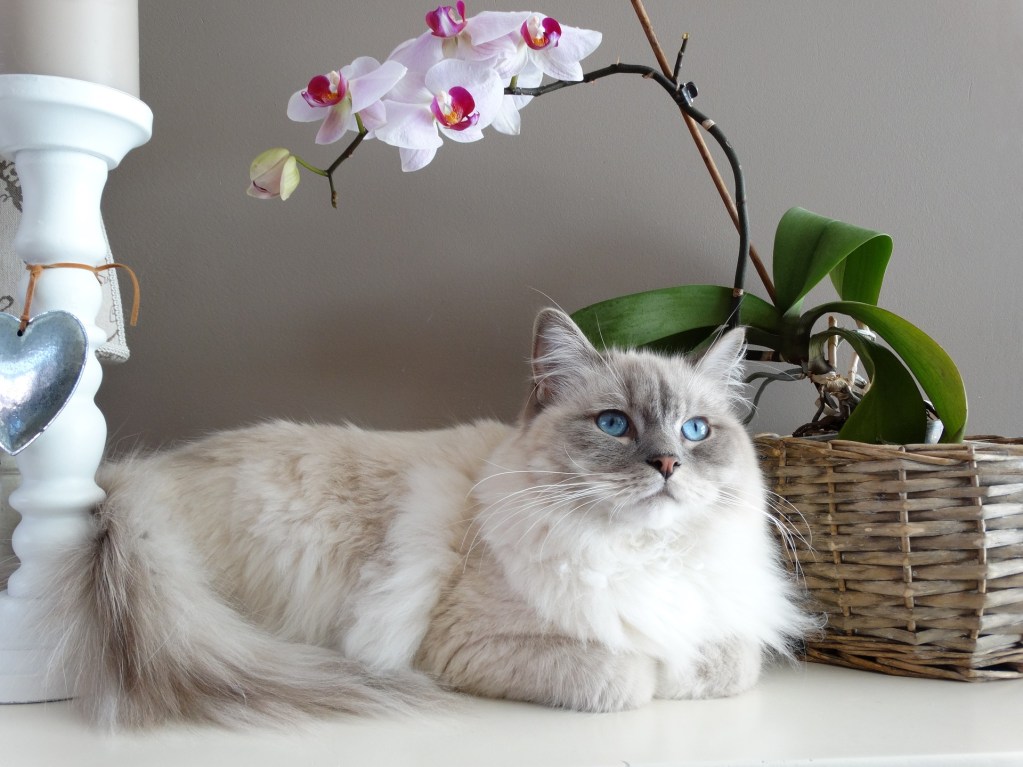
1. The Ragdoll cat
This breed takes the crown as the CFA’s most popular cat for the fourth year in a row. It’s a newer addition to the CFA lineup, though, as it’s only been recognized as a breed since 1998. They were selectively bred as early as the 1960s, though, and have quickly become one of the more well-known feline breeds throughout the world. Whether it’s the Ragdoll’s mellow personality or gentle looks that make it so popular, one thing is for sure — this cat’s blue eyes are stunning!
So, were you surprised by any of the cat breeds on this list? Some definitely deserved their high-ranking spots, but we were excited to see a few underdogs — or should we say, undercats — on this list as well. It was a great way to learn a bit more about the world’s most popular cat breeds!
